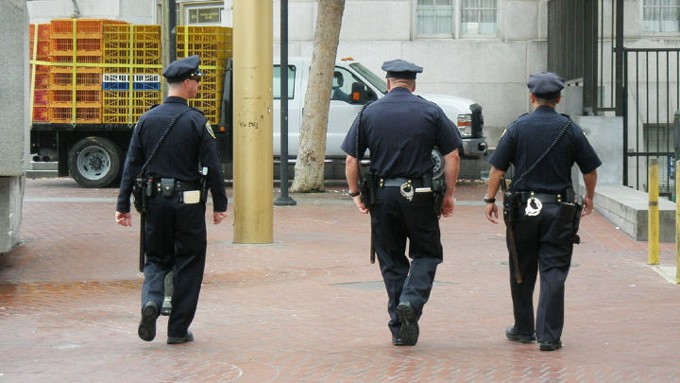JANUARY 31, 2018

A study entitled “Can You Build a Better Cop? Experimental Evidence on Supervision, Training, and Policing in the Community,” was conducted by David Weisburdof the Hebrew University and George Mason University, in partnership with Emily Owens, of the University of California, Irvine,Karen L. Amendolaof the Police Foundation, andGeoffery P. Alpertof the University of South Carolina and Griffith University.
The study was released Wednesday inCriminology & Public Policy, a journal published by the American Society of Criminology. The goal of the program was to influence the way that officers think about even the most mundane aspects of their jobs, potentially reducing the frequency with which officers engage in behavior that can be perceived by the public as unjust.
Police officers who took part in training designed to help them apply the principles of procedural justice to their daily routines were involved in fewer use-of-force incidents, and made fewer arrests than their peers.
The Study:
A group of officers were randomly selected to participate from among a pool of those who worked in high-risk “hot spots.” Randomly selected officers were trained in what researchers termed a “slow-thinking” approach that encouraged them to modify how they gathered, processed and responded to information in areas with high incidences of crime. The experiment was conducted in Seattle between May and November 2013, during a time when the local police department was experiencing a high turnover in leadership and was under a federal monitor.
During program meetings, officers were prompted to reflect on their thought processes and actions during relatively benign encounters, and supervisors were trained to engage the officers in the concept of procedural justice, which is based on the principle of treating all citizens with fairness and dignity, including those suspected of criminal behavior.
Reformers both inside and outside police ranks believe procedural justice is a critical factor in rebuilding trust and legitimacy for police in often hostile communities.
The six-month experiment was designed as a “low-risk, low-intensity” program, in which participatingofficers could determine when and for how long the sessions lasted–and were invited to be candid with supervisory personnel who conducted the trainings.
“The goal was to remind officers that authority does not always perfectly coincide with total control,” the authors of the study wrote. “Allowing the officer to speak freely did not mean that the sergeant was not in charge of the meeting, in the same way that allowing citizens to speak does not need to diminish an officer’s control over a situation.”
To assess the results of the experiment, researchers compared the behavior of officers participating in the study with a control group of non-participating officers, using traditional performance measurements such as arrests. (They noted that there were no standardized criteria for measuring performance according to procedural justice principles).
The study found that in the six weeks following a supervisory meeting, participating officers were “less likely (than non-participating officers) to resolve incidents with an arrest and less likely to be involved in use-of-force incidents.”
The authors added: “Furthermore, we found that the largest reduction in arrests occurred among officers who worked beats where there was a moderate level of ‘predicted risk,’ which we defined by using the frequency with which other officers used force, were injured, or were the subject of citizen complaints after working in that area.”
The authors said their results prove that “a relatively minor supervisory intervention may cause substantive changes in how police and citizens interact with each other.”
Read the source article:
Slow Down, Officer: An Experiment in ‘Building a Better Cop’